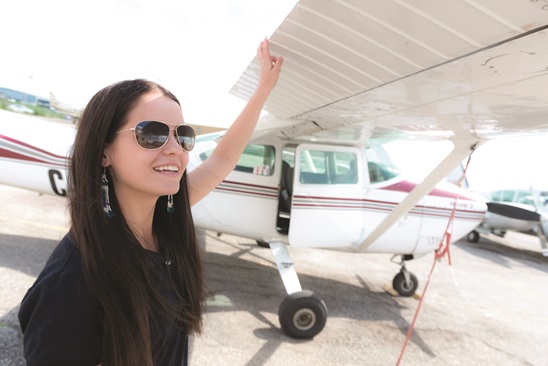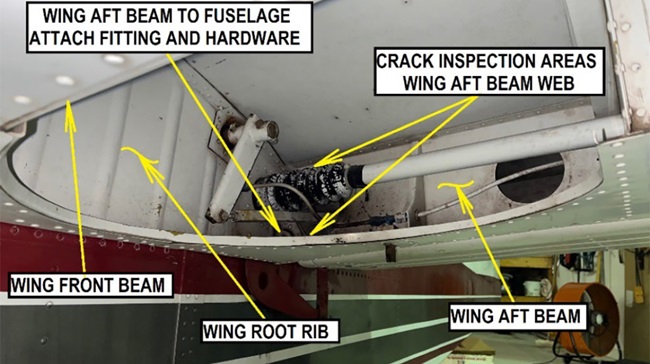Proficient Pilot: Portraits of the Earth
A map is to look at and a chart is to work on
Earhart never wrote that article, but most pilots understand what she felt and what her article likely would have said.
Aeronautical charts are pieces of art, portraits of the Earth. With them, a pilot can window-shop the world. He can fly vicariously to wherever he might care to wander. Charting and planning a flight—either real or imaginary—is satisfying unto itself.
My first exposure to an aeronautical chart occurred during my first hour of flight training. “Here, kid,” my instructor said, “you’d better learn to use this.” (There was nothing subtle about Mike Walters.)
I carefully unfolded the 25-cent chart—this was in 1953—like an archeologist inspecting an ancient scroll, and soon became fascinated by the colorful patterns and mysterious, hieroglyphic symbols. If a picture is worth a thousand words, an aeronautical chart must be worth a million because of the wealth of information it contains. Thus began my lifelong infatuation with aeronautical charts.
Is there a difference between a map and a chart? Yes, but only to the purist who pompously maintains that a chart is a map tailored for use in aerial or maritime navigation. A pilot or a sailor, we are lectured, never uses a map. Tradition states it somewhat differently: “A map is to look at and a chart is to work on.”
Although our need for aeronautical charts is obvious, I have found other uses for them. During military conflicts, for example, I have had the appropriate charts available to identify where in the world and in what kind of topography various global events were occurring. Referring to these charts at such times provides an improved sense of what is happening in the world’s hot spots.
Some of my most memorable experiences have been the result of referring to aeronautical charts when on long drives, both in the United States and elsewhere. They not only enhance my appreciation of the local topography, they also lead me to nearby airports that invariably are worth visiting. You never know what fascinating people and airplanes you might encounter.
The first aeronautical chart was published in 1927, the year of Charles Lindbergh’s flight. It was a strip chart that showed the route from Kansas City, Missouri, to Moline, Illinois. It showed topographic features as well as the newly installed airway beacons that were provided for night navigation. Strip charts for other popular routes soon followed, but each strip chart covered only an 80-mile-wide swath of terrain. If a pilot were forced to deviate, got lost, or needed to fly along a route other than a major airway, he was out of luck.
So it was in 1930 that the government provided coverage of the entire country. It did this by dividing the United States into 87 sections that measured 6 degrees of longitude by 2 degrees of latitude. An aeronautical chart was then developed for each section. Original “sectionals” were printed on one side only, with a complete legend printed on the reverse side. Because current charts are printed on both sides, only 37 are required to cover the continental United States.
Some of the most fascinating charts are produced by foreign governments. Although all are supposed to conform to international standards, many do not. Before relying on such charts, be sure to determine if elevations are shown in feet or meters. This can be more difficult than you might imagine because many such charts are published in languages other than English.
Many foreign charts are not as comprehensive as ours. In some countries, for example, pilots must use two or more charts at a time. One chart might be strictly topographic and not show any aeronautical facilities whatsoever. A second might show only airways, radio aids, and communications frequencies, while a third might be needed to keep track of restricted and special-use airspace. Keeping these charts organized in the cockpit can be challenging. The aeronautical charts produced by some nations, however, are magnificent works of art that put others to shame.
I confess to being unabashedly smitten with aeronautical charts, especially old and unusual ones. With the increasing popularity of digital cockpit data, however, my realistic fear is that they will soon and sadly become as extinct as the dodo bird.
Web: www.barryschiff.com



